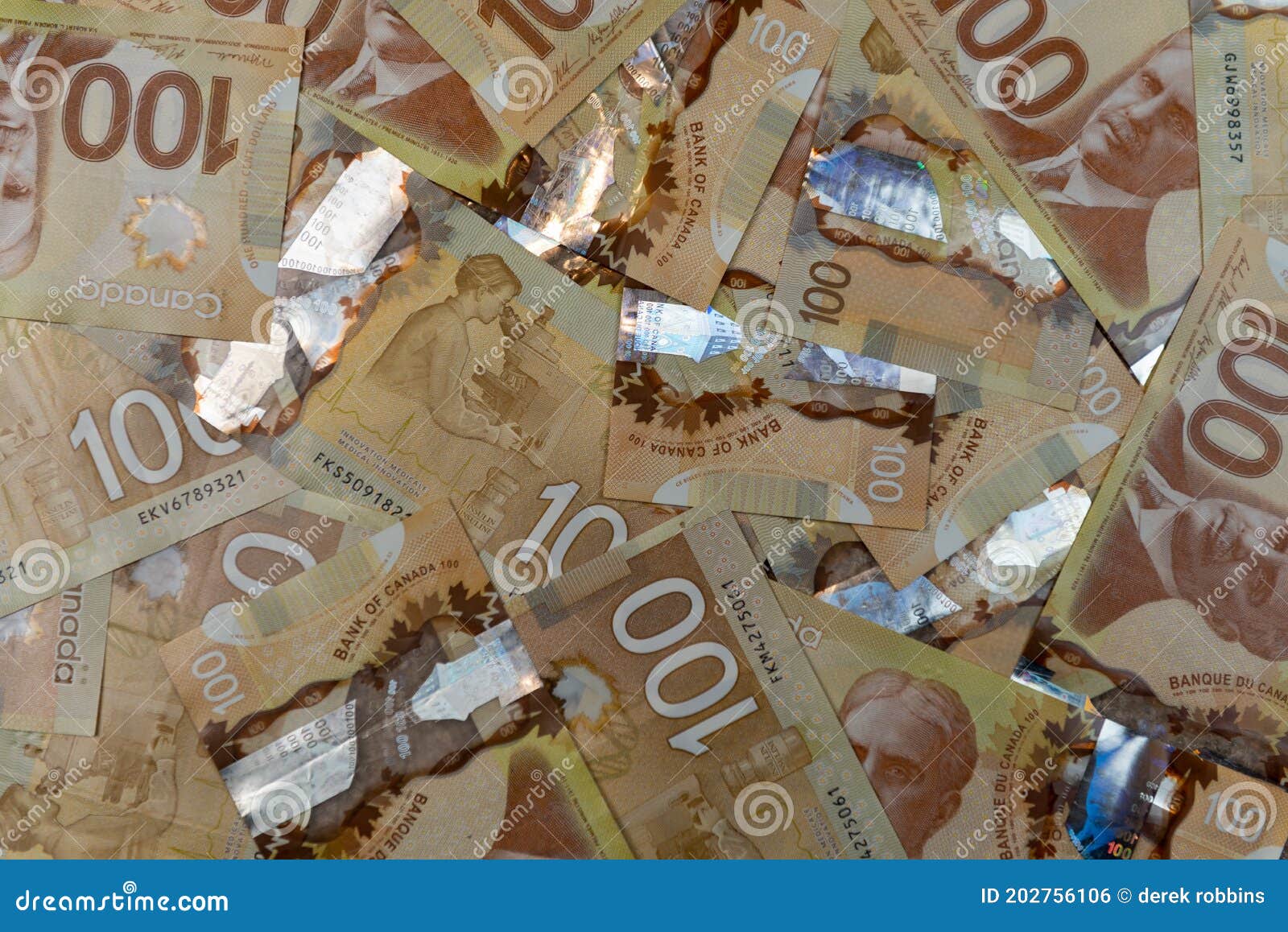This history has focused on legal tender money in Canada, that is to say money that has been approved by the authorities for paying debts o...
This history has focused on legal tender money in Canada, that is to say money that has been approved by the authorities for paying debts or settling transactions. Canada also has a rich history of private money—coins and paper scrip produced by individuals and companies, which commanded sufficient confidence within a community that they circulated freely. “Bons” and tokens Through much of the colonial period in New France and later in British North America, merchants, and even individuals, issued paper scrip. The paper scrip was not backed by gold or silver but could be used to buy goods in the issuers’ stores—a sort of IOU, which quickly began to change hands as money. The value of notes and the extent of their circulation depended on the reputation of the issuer. In Upper and Lower Canada, such fractional notes (known as bons after
“Bon pour,” the French for “Good for,” the first words on many such notes) circulated widely during the eighteenth and early nineteenth centuries. Fractional notes were also issued by merchants in the Atlantic Appendix B Alternative Money Montréal, George King note, 1772 This note and others issued by the local merchant George King were denominated in “coppers,” a conventional designation for a halfpenny. Halifax, merchant note, 5 shillings, 1820 Until the practice was outlawed in 1820, Halifax merchants commonly issued personalized scrip in low denominations to meet the need for coinage. provinces. The widespread acceptance of bons (also called “shinplasters”)
helped to set the stage for the issuance of paper currency by commercial banks (Shortt 1986, 37). Similar to “bons,” brass and copper tokens circulated alongside legal tender coins and helped to offset a shortage of low-denomination coins, useful in small day-to-day transactions.7 With a face value of a half a penny or penny, tokens were widely distributed by banks, non-financial companies, and individuals. While some tokens identified the issuer, many did not. Provincial governments also issued tokens. These so-called semi-regal tokens were not legal tender coins because they were not sanctioned by the authorities in London. Issuing tokens was a profitable business, since the cost of production was significantly lower than their denominated value. While most early colonial tokens were taken out of circulation in the 1870s, when the new federal government reorganized Canada’s copper coinage, trade tokens remained popular into the 1930s. Trade tokens were redeemable for goods and services of a given value (for example, a loaf of bread) and were issued by a wide range of companies. While these tokens were very successful in local communities, their popularity waned when transportation improved and business became less local in nature. A History of the Canadian Dollar 93
7. Useful references include Breton (1894), Banning (1988), Cross (1990), and Berry (2002). Bank of Montreal, halfpenny, 1839 The Bank of Montreal issued basemetal tokens for general circulation in the late 1830s and early 1840s. The rarest issue from this bank is the so-called “side views” that feature a view of the corner of the Bank of Montreal head office. Merchant token, I. Carrière, ½ loaf, Buckingham, Quebec From the late nineteenth through the mid-twentieth centuries, many Canadian businesses issued tokens as advertising and to encourage client loyalty. Typically made of brass or aluminum, they were redeemable by the issuer for the indicated item or service. 94 A History of the Canadian Dollar Today, Canadian Tire “money” represents the best-known modern equivalent of trade tokens. First introduced in 1958 as a “cash bonus coupon,” Canadian Tire “money” constitutes a promotional reward program under which the scrip, which has no expiry date, is redeemable for goods at any Canadian Tire store in any amount. Canadian Tire “money” has sometimes been accepted by third parties in lieu of cash.

No comments